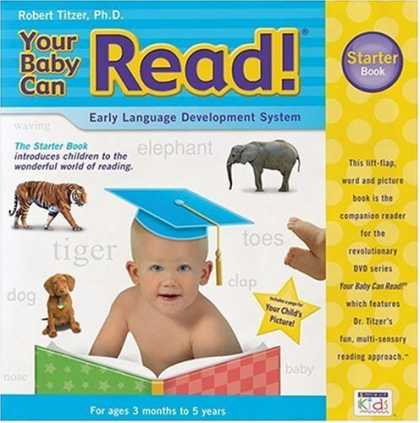My daughter is 18 months old, now, and it amazes me how fast she is growing. The same little girl who spoke almost exclusively in gibberish just a few months back, now wields a budding vocabulary. She asks to go outside, requests books to be read to her, and tells us when she wants to watch here favorite video, which she lovingly refers to simply as “Baby!”
As parents of a toddler in an era where the line between digital life and the real world becomes ever more blurred, we are very cognizant about the types of media she is exposed to. The American Academy of Pediatrics (AAP) recommends parents avoid screen time for children under the age of 2, but with screens inhabiting more space than ever these days, such a hard-lined approach can be difficult to adhere to.
Our daughter loves to go outside, play in the sun and sand at the beach, and chase bubbles until each and every one has thoroughly been popped and accounted for. But she also loves to dance to The Kinks on Spotify, help the super readers spell out words in Super Why! and watch the Your Baby Can Read! early-learning DVD program.
We first began using the program after receiving it from family members whose boy was entering Kindergarten, and had outgrown the program (it caps out at five years old). My wife was very adamant about using it, and I was, admittedly, a bit hesitant. We were already spending lots of time everyday reading her books, writing and sounding out letters with her on our chalkboard, and using an alphabet play set to get her interacting with letters. What more could this program really offer?
Interestingly, quite a bit. I was pleased to find that the complete program is not merely a DVD to plop your kid in front of, hoping for the best. The pack includes a starter book and numerous flashcard sets to use with your child, which aim to supplement and reinforce the material covered in the DVDs. This is the real attraction of the package for me. The AAP says kids in their early years learn best by interacting with people, not screens, and the book and flashcards offer supplemental material that makes parental involvement and interaction a key ingredient of the program’s learning process.
How does the Your Baby Can Read program work?
The Your Baby Can Read! program was created by Dr. Robert Titzer, and first began as a series of homemade videos he created for his first daughter, Aleka, in the early nineties. The videos consisted of simple words like “hi” and “dada,” written out in large print on flash cards, with Titzer sounding out the words and using them in sentences. Soon, Aleka was able to identify many of the words by sight. The idea here is that children learn first to identify words by sight, then start to understand the phonetics behind them.
The same basic approach is used in the videos found in the program today. Simple words are presented one-by-one, spelled-out on the screen and highlighted as they are pronounced. Next, the same word is used in a sentence, with a short video clip showing the word in action. For example, the word “eating” is spelled out and pronounced, then viewers see short clips of kids eating as a narrator describes the scene. Children not only see words and hear them sounded out, but are shown them being used in action.
How effective is the program?
While our daughter certainly isn’t reading or speaking in full sentences, she has made noticeable improvements in the months since beginning the program. Using the flash cards, she can identify many of the words from the DVD. For example, show her the word “arm” — merely written out with no visual aid or pronunciation — and she’ll point to her arm. In fact, she has the whole face down: eyes, ears, nose, and mouth. She knows the words head, hair, teeth, tongue and smile, and understands short phrases in written from, such as “arms up” and “eyes closed.” Point to the word cat, dog, elephant or snake, and she’ll offer her best impression of the sounds they make. On top of that, she can identify many of the letters in the alphabet now, and the play set we bought her before starting the program gets more use than ever.
In my time spent with it, I’d say the program can be effective, but only if parents are willing to go beyond the videos and put work in themselves. Simply having your child watch the videos isn’t enough. Like any learned material, it needs to be reviewed and reinforced, and that is where you, the parent, come in. The books and flashcards that come with the set are, in my opinion, more valuable than the DVD, as they offers us another way to teach and bond with our child.
While following the program’s guidelines is hard to recommend (viewings twice a day for kids as young as three months old is a bit much), our family has experienced some success mixing it in with our other learning strategies, and our daughter certainly seems to be making strides in her ability to identify, use and understand words. The degree to which these improvements in reading can be credited directly to the Your Baby Can Read! program is a bit hard to quantify, but we’re still using it in our home, for what its worth. If you do choose to use these DVDs in your home, co-view the videos with your child, and make sure to continue the learning process after the credits roll.




